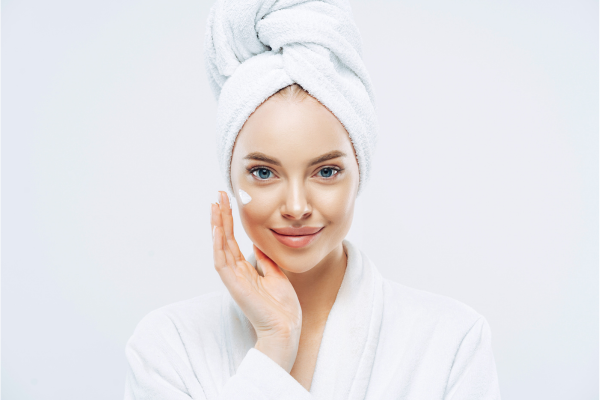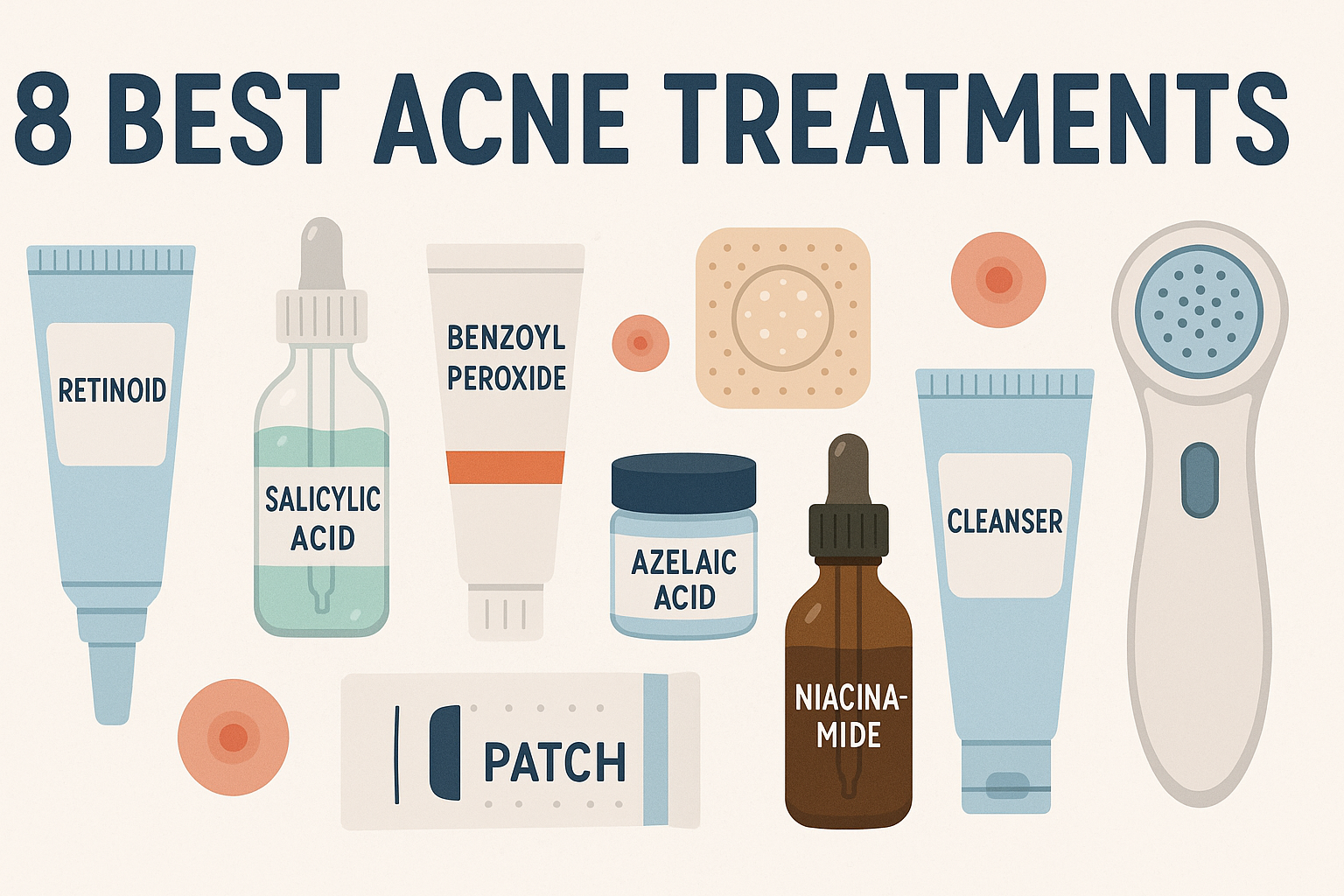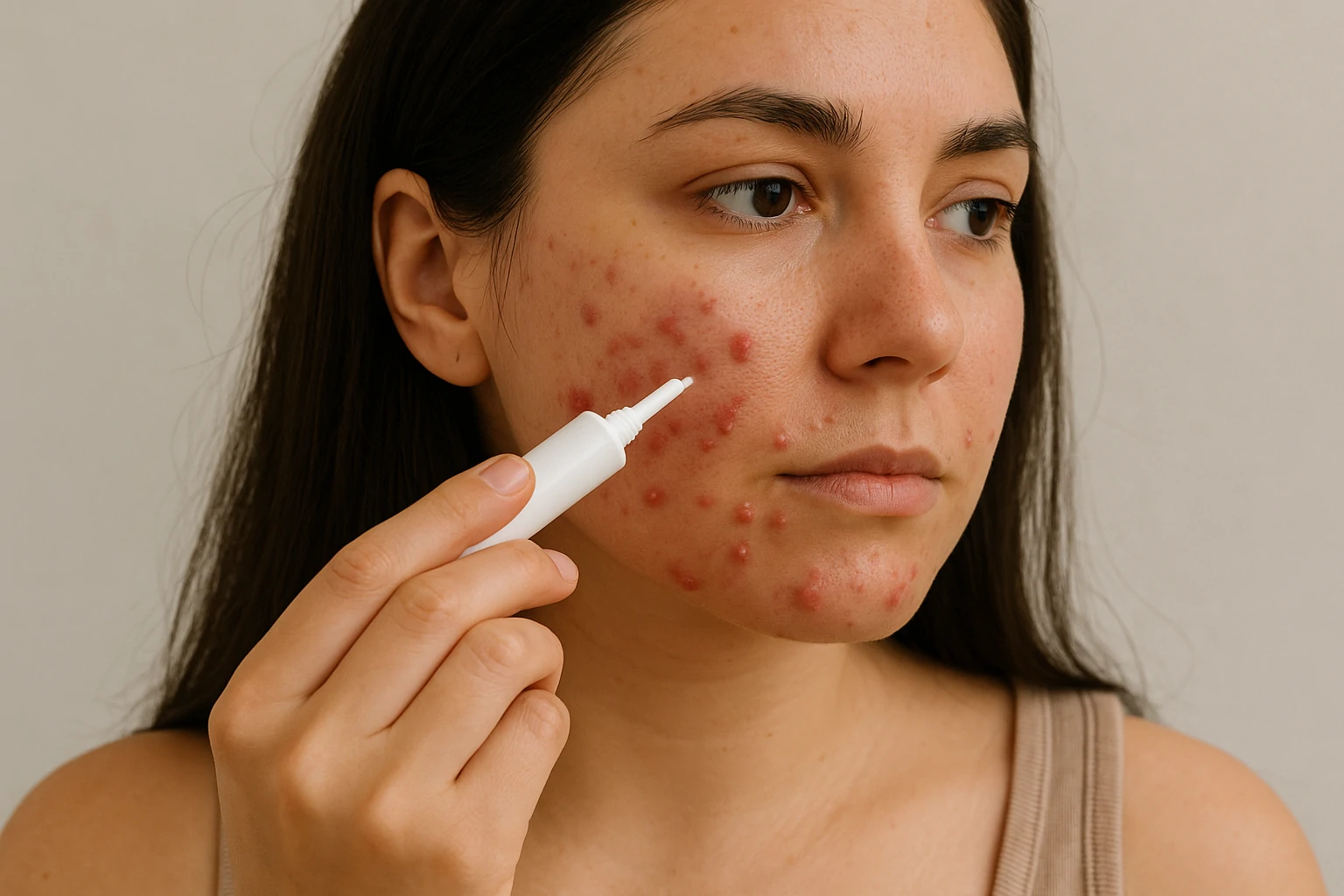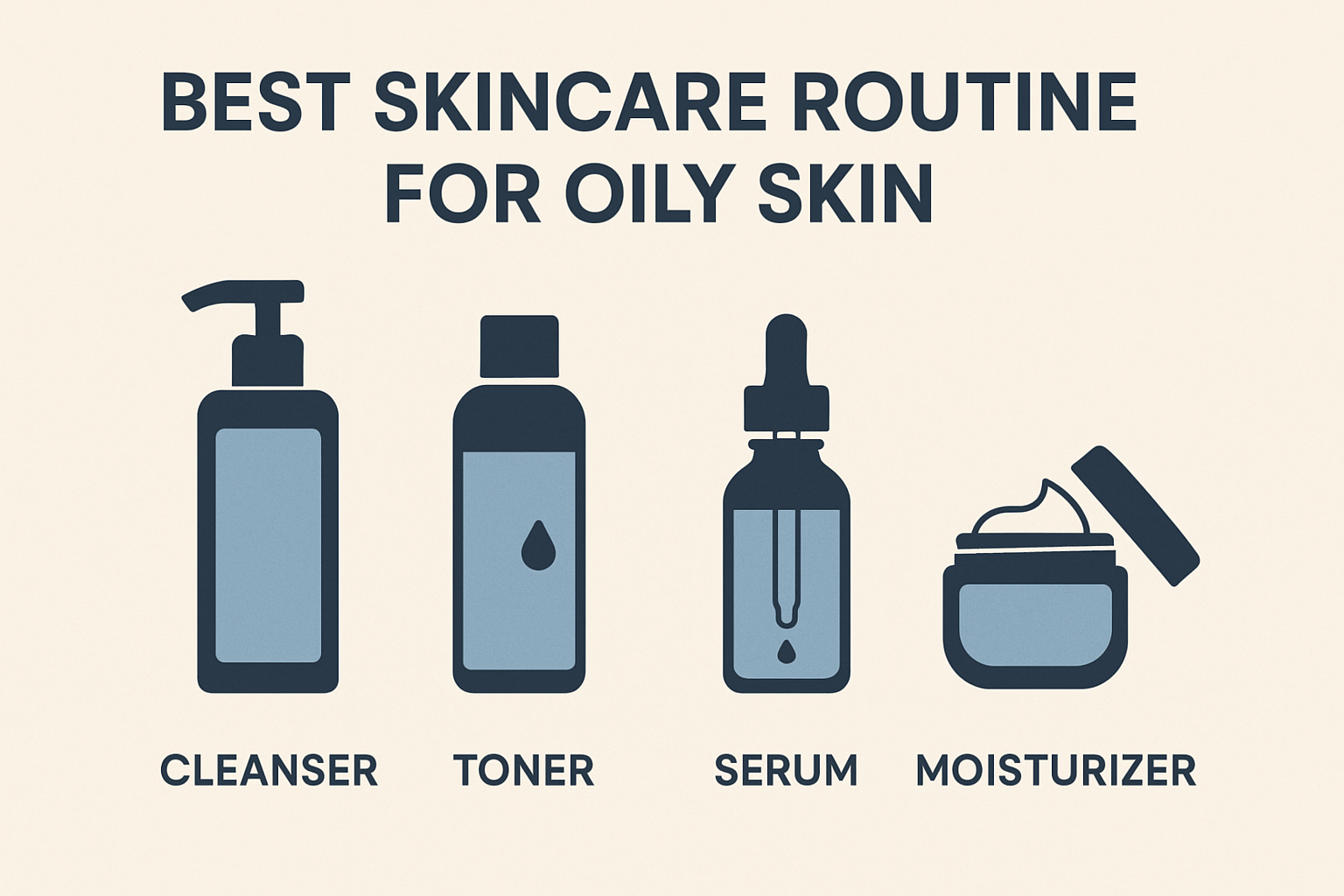9 Dermatologist-Approved Knee Hyperpigmentation Treatments
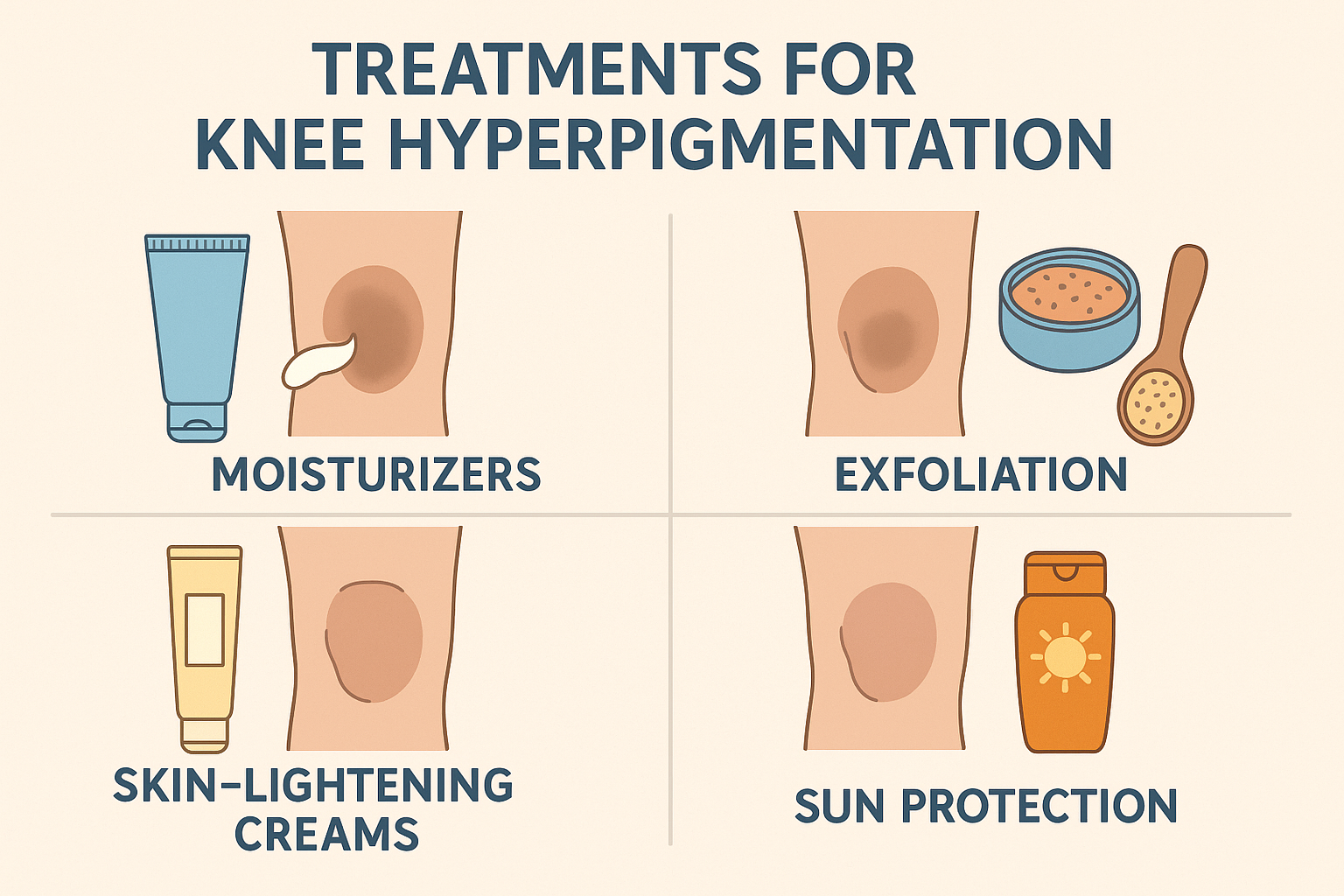
Have you ever worn shorts and noticed that the skin on your knees looks darker than the rest of your legs? This condition is known as hyperpigmentation—an overproduction of melanin that causes certain areas of the skin to darken. Knee hyperpigmentation is quite common and can appear as patches or darkening of the entire knee area.
The main cause is repeated friction, such as frequent kneeling, exercising, or wearing tight clothing. In addition, unprotected sun exposure, skin inflammation, hormonal changes, and even blue light from digital screens can trigger melanin production.[1Seeing spots? Treating hyperpigmentation. Mayo Clinic Health System]
While it’s not harmful to your health, dark knees can often affect appearance and lead to self-consciousness when wearing open clothing. That’s why it’s important to understand the underlying causes and choose the right treatments.
With insights from two board-certified dermatologists, Dr. Jennifer Baron and Dr. Azadeh Shirazi, this article provides a comprehensive guide to the causes, risk factors, and effective ways to treat dark knees. From active skincare ingredients and daily habit changes to dermatologist-recommended medical procedures, everything is covered based on expert advice.
What Causes Dark Knees?
According to dermatologists like Dr. Azadeh Shirazi and Dr. Jennifer Baron, there are several factors that can cause the skin on your knees to darken. The most common causes are repeated friction or pressure, buildup of dead skin cells, and unprotected sun exposure. Habits such as kneeling, wearing tight clothes, or working out on hard surfaces can trigger this condition.[2Byrdie: 9 Tips for Treating Hyperpigmentation on Your Knees, Straight From Dermatologists.]
Genetics also play a role. People with naturally darker skin tones have more melanin, making them more prone to hyperpigmentation. Skin conditions like eczema, chronic inflammation, or scarring can also contribute to darkened knees.
In some cases, the causes may be more complex—such as reactions to certain medications, exposure to harsh chemicals, skin infections, or deficiencies in key nutrients like vitamin B12 and folate. All of these factors can stimulate the melanin-producing cells (melanocytes) to create excess pigment.
Understanding the root cause is a crucial first step before choosing the right treatment. This helps avoid incorrect approaches and ensures more effective results.
How to Treat Hyperpigmented Knees
Knee hyperpigmentation can be treated effectively with the right approach, depending on the underlying cause. From topical products to lifestyle adjustments, here are dermatologist-recommended steps you can take:
1. Identify the Cause of Dark Knees
Before starting any treatment, it’s important to understand what’s causing the darkening. Is it due to friction, sun exposure, irritation, or a reaction to medication? Each cause requires a different approach. For instance, pigmentation caused by inflammation may need anti-inflammatory creams, while sun-induced darkening calls for proper sun protection. When in doubt, consult a dermatologist for an accurate diagnosis so you can choose the most effective treatment and prevent the condition from worsening.
2. Protect Skin from Friction
Friction is a common trigger for dark knees. To minimize this, protect your knees from direct pressure. Wear soft, breathable clothing like leggings or workout pants, especially during physical activity. If your daily routine involves kneeling or high-impact movement, consider wearing knee pads. These small changes can help prevent buildup of dead skin cells and preserve your natural skin tone.
3. Exfoliate with AHA or BHA
If your knees appear rough or dull, chemical exfoliation with AHAs (like glycolic acid) or BHAs (like salicylic acid) can help. These ingredients remove dead skin cells and even out skin tone. After exfoliating, retinol can be used to boost cell renewal. Dr. Shirazi recommends products like AziMD’s the ONE, which combines both ingredients in a balanced formula. Use as directed to avoid irritation.
4. Keep Skin Hydrated
Dry skin is more prone to irritation and friction, which can worsen hyperpigmentation. Use rich moisturizers like shea butter, lanolin, or plant oils (jojoba, almond) to maintain hydration. If your knees are exposed to the sun, opt for a moisturizer with SPF. Apply daily, morning and night, to support skin recovery and maintain healthy, even-toned knees.
5. Use Prescription-Strength Hydrocortisone
If inflammation is the root cause, a dermatologist may prescribe a high-strength hydrocortisone cream. This can reduce inflammation and slow melanin production. However, use it carefully and only for a short period. Long-term use can thin the skin or cause hypopigmentation. Always follow your doctor’s instructions closely when using this treatment.
6. Try Tyrosinase Inhibitors
Tyrosinase is an enzyme involved in melanin production. Ingredients like hydroquinone, kojic acid, arbutin, azelaic acid, and vitamin C can inhibit this enzyme and help lighten dark skin. Use products with these ingredients consistently, and avoid direct sun exposure for best results. Consult a dermatologist to find the most suitable product for your skin type.[3Zolghadri S, Bahrami A, Hassan Khan MT, et al. A comprehensive review on tyrosinase inhibitors. J Enzyme Inhib Med Chem. 2019;34(1):279-309.]
7. Avoid Harsh Scrubs
Scrubbing your knees with rough exfoliants or pumice stones can do more harm than good. Excessive friction can trigger new irritation and increase melanin production. Instead, opt for gentle chemical exfoliants and soothing skincare products. A gentler approach is safer and more effective for brightening dark knees over time.
8. Be Cautious with Whitening Creams
While hydroquinone-based creams can lighten skin, they must be used with caution. In some countries, this ingredient is regulated due to potential health risks like irritation or illegal mercury contamination. If you’re considering such a product, ensure it’s from a reputable source and use it under medical supervision. It’s also important to take breaks between uses to avoid side effects.[4Commissioner O of the. Skin product safety. FDA. Published online October 27, 2022.]
9. Avoid Hydrogen Peroxide
Despite its bleaching properties, hydrogen peroxide is harsh and can damage the skin barrier. Using it without medical guidance may lead to irritation, inflammation, and worsening pigmentation. According to Dr. Shirazi, it’s best to avoid this ingredient entirely and stick to safe, evidence-based treatments.
When to See a Dermatologist
Although hyperpigmentation on the knees is generally harmless, there are certain situations when you should seek medical advice. If the darkening appears suddenly, spreads rapidly, or is accompanied by itching, pain, or noticeable skin changes such as scaling or thickening, it’s time to consult a dermatologist.
According to Dr. Jennifer Baron, some serious skin conditions—including certain types of skin cancer—can initially appear as dark patches that are often mistaken for cosmetic concerns. Additionally, conditions like melasma can be stubborn and difficult to treat without professional help.
Dermatologists have the expertise and diagnostic tools to determine the exact cause of hyperpigmentation. They can also recommend treatments that are tailored to your skin type and medical history, which is essential to avoid worsening the condition or wasting time on ineffective products.
If you’ve tried various brightening creams or exfoliants without noticeable improvement—or if your skin has become more irritated, inflamed, or darker—it’s a clear sign that you need professional evaluation.
Seeing a dermatologist isn’t just about safety; it’s also the most effective way to achieve lasting results. So, don’t hesitate to seek expert care when needed.
Recommended Skincare Products for Hyperpigmentation
1. Chemical Exfoliants (AHA & BHA)
The Ordinary Glycolic Acid 7% Toning Solution
Contains glycolic acid to gently exfoliate and remove dead skin cells. Great for beginners new to chemical exfoliation.
Paula’s Choice Skin Perfecting 2% BHA Liquid Exfoliant
Features salicylic acid to unclog pores and even out skin tone with minimal irritation.
2. Retinol
The Inkey List Retinol
A beginner-friendly retinol that helps smooth skin texture and fade dark spots over time.
CeraVe Resurfacing Retinol Serum
Combines retinol with ceramides to improve skin tone while keeping skin moisturized and calm.
3. Rich Moisturizers with SPF
CeraVe Moisturizing Cream
Packed with ceramides and hyaluronic acid to lock in moisture without clogging pores.
Neutrogena Hydro Boost Water Gel SPF 25
A lightweight gel moisturizer with added sun protection to guard against UV-induced pigmentation.
4. Tyrosinase Inhibitors (Skin Brighteners)
The Ordinary Alpha Arbutin 2% + HA
Formulated with arbutin to brighten dark areas safely and effectively.
Paula’s Choice Resist C15 Super Booster
A potent vitamin C serum that targets dark spots and improves overall skin radiance.
5. Prescription-Strength Corticosteroid Creams
Hydrocortisone Cream 1%
Typically prescribed for skin inflammation. Should only be used under medical supervision to ensure safety and effectiveness.
About the Author
M. Hariri is a business and beauty content writer with over five years of experience. He focuses on research-based skincare education and frequently collaborates with dermatologists. His work can be found in various national and international beauty publications.

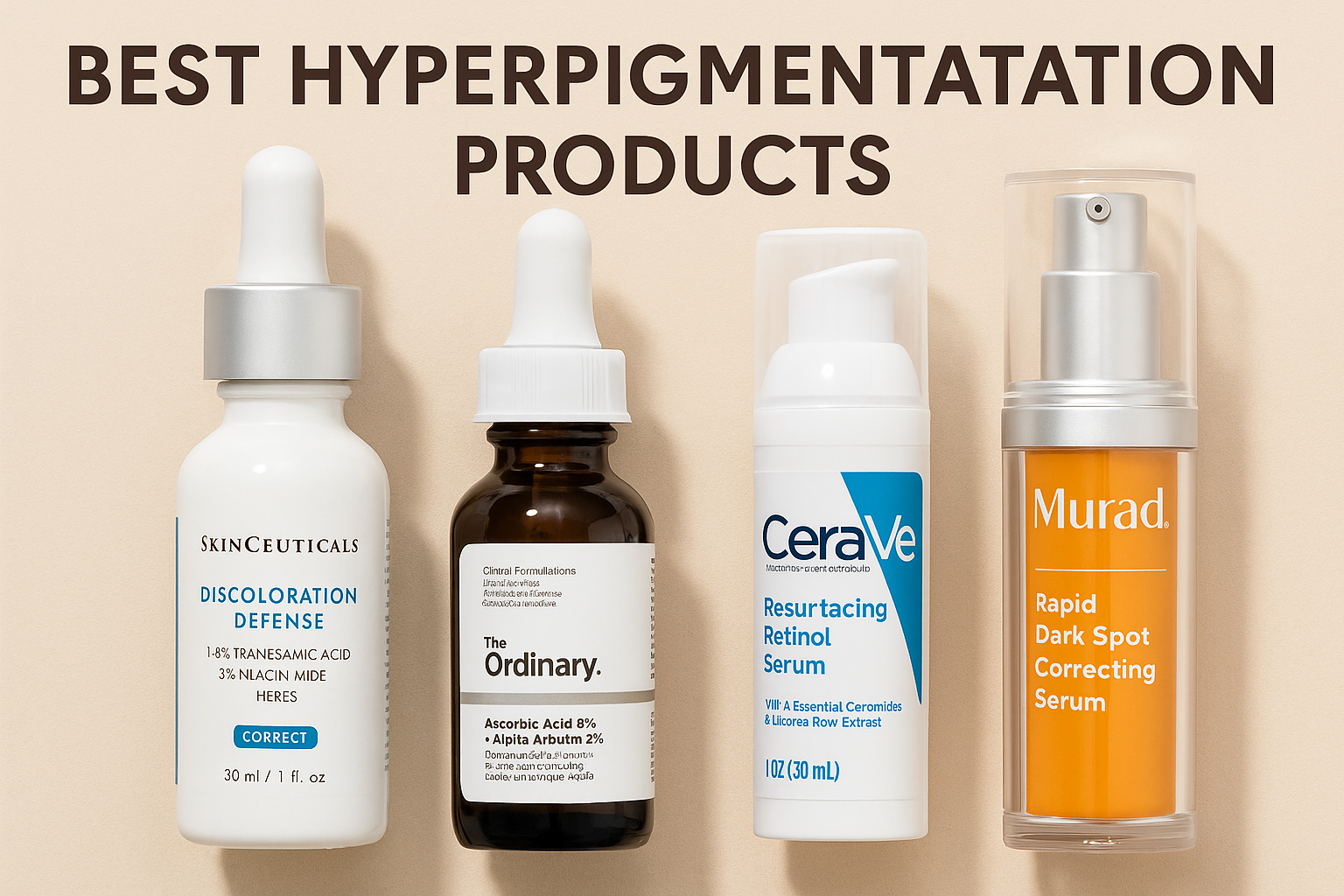




 Acne
Acne Anti-Aging
Anti-Aging Business
Business Digital Marketing
Digital Marketing Economics
Economics Movies
Movies Personal Finance
Personal Finance Websites
Websites
